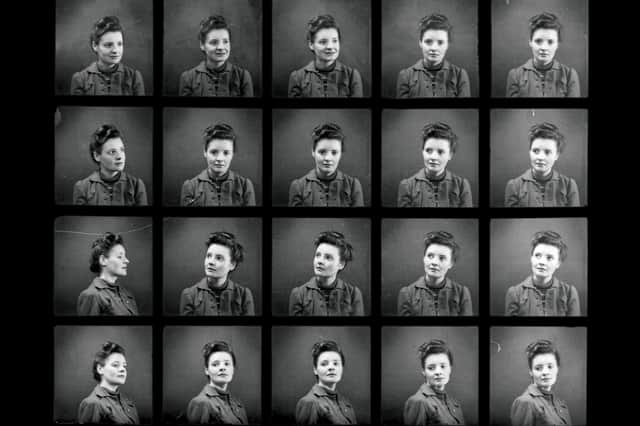Book review: Personae, by Margaret Tait


Does an approximation of the inner flow of thought – disorganised, contradictory, interrupted and interruptible – provide superior access to the thinker than prose that has been honed into clarity? The Surrealists thought so, Andre Breton asserting in his 1924 Manifesto of Surrealism that the effort to express “the actual functioning of thought” represented access to a “superior reality” than could be accessed via logic and order. Yet the Manifesto of Surrealism is constructed according to existing conventions of argument-making, because even when you’re telling people to let go of logic, it really helps to use logic.
Our own internal chaos of impressions, memories and half-formed ideas may be deeply absorbing to us, but structure – including conventions such as shared reference points, punctuation, and words having agreed meanings – is how we make our take on things accessible to other people. Remove conventions such as clarity regarding what perspective one is reading, one observation leading logically to another, or positions remaining stable from one paragraph to another, and you have prose which may be intermittently intriguing, but will also block, in a rather solipsistic fashion, full understanding and thus full engagement by the reader. That’s the issue with this volume of writings by the Orcadian scientist, poet and filmmaker Margaret Tait, which collects material from 1945 onwards and is billed as “undefinable… part-memoir, part-experimental non-fiction.”
Advertisement
Hide Ad